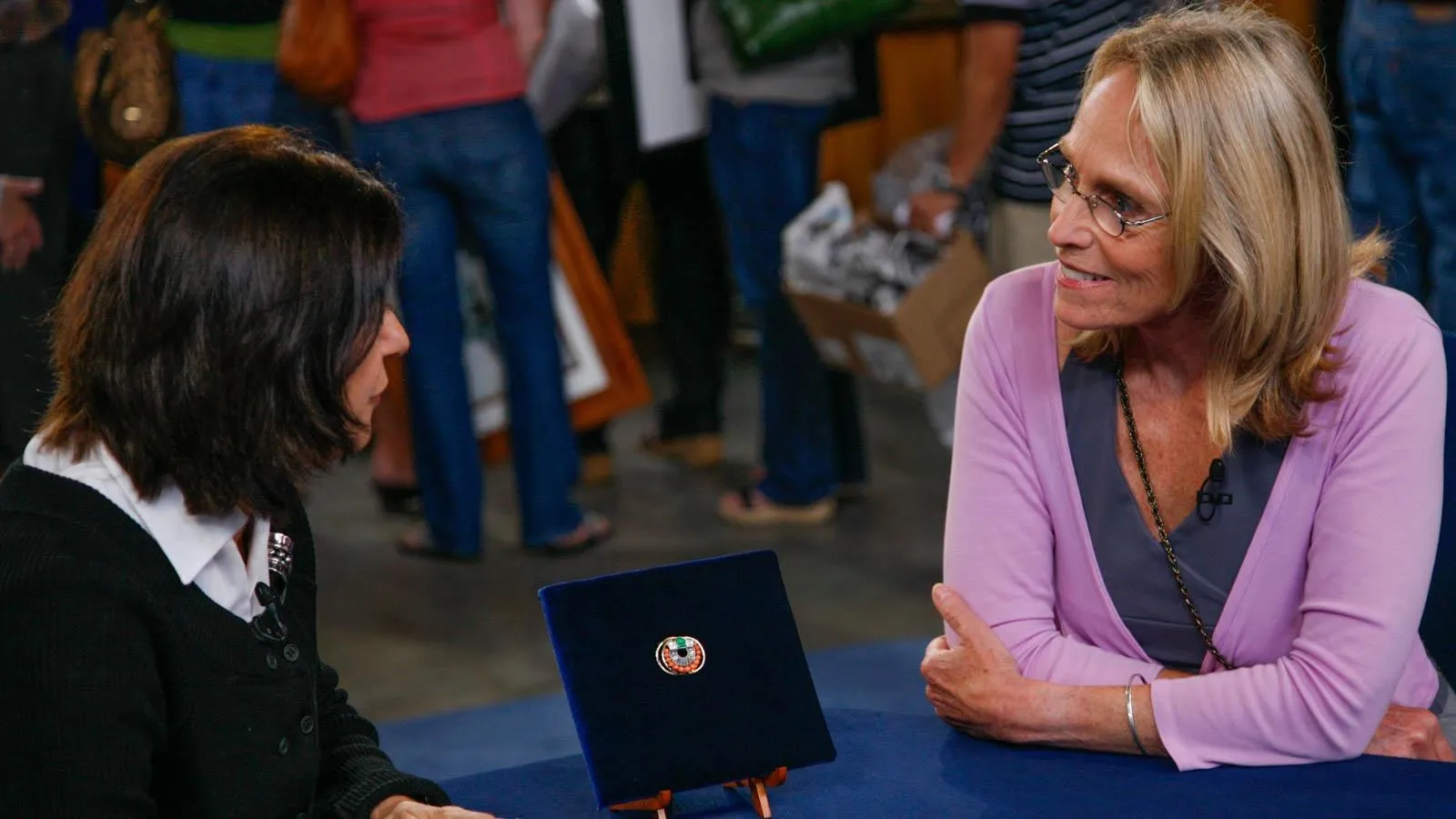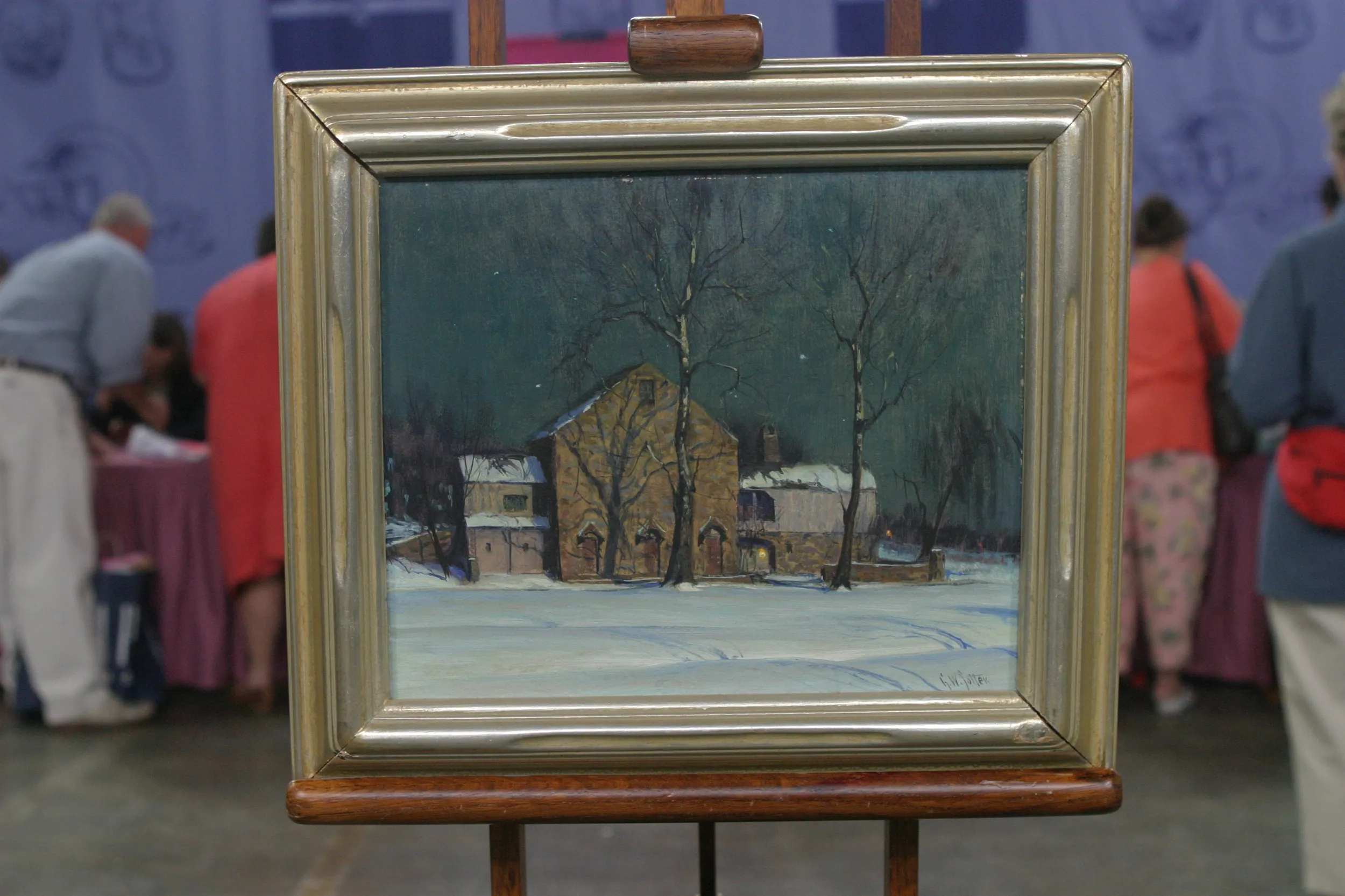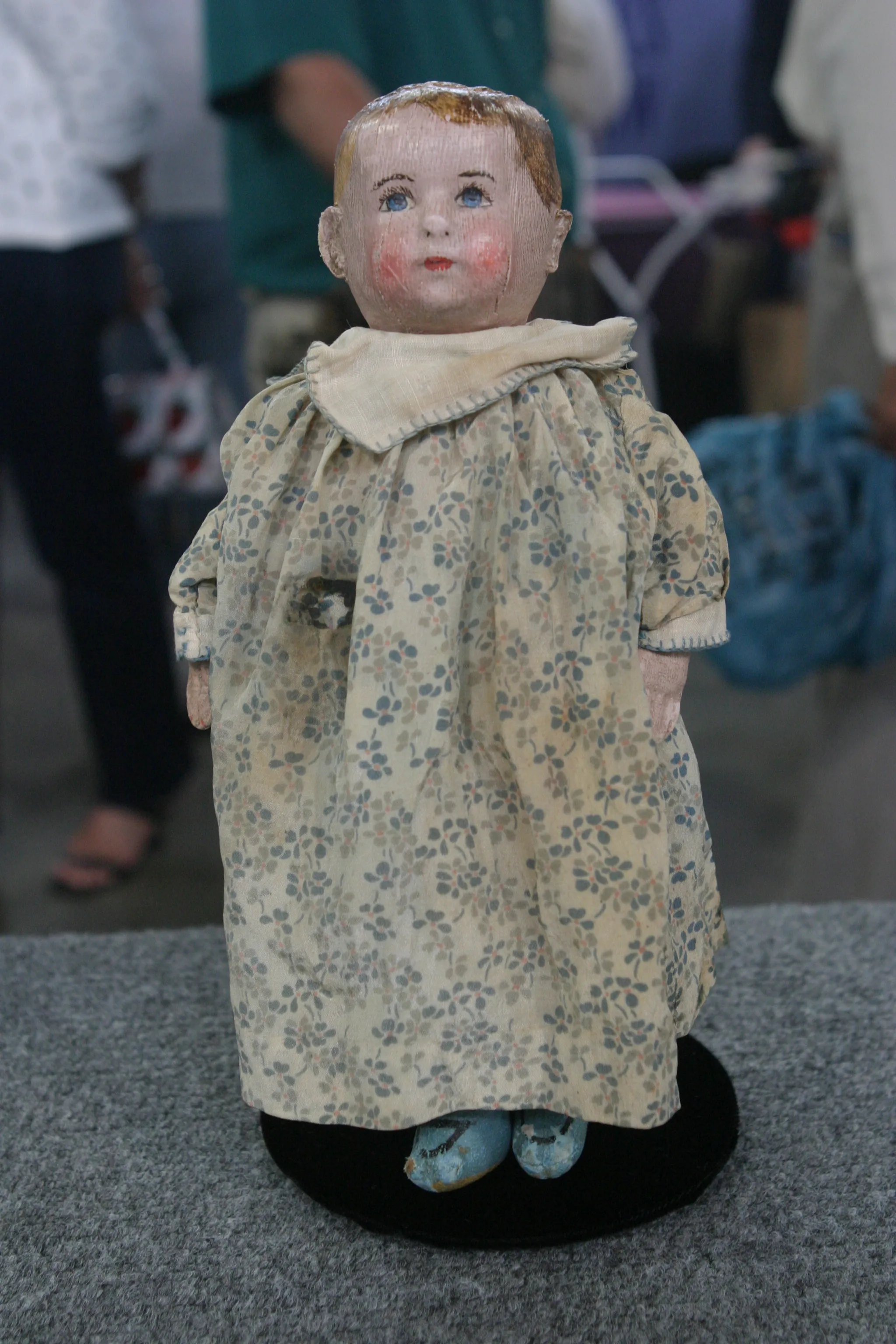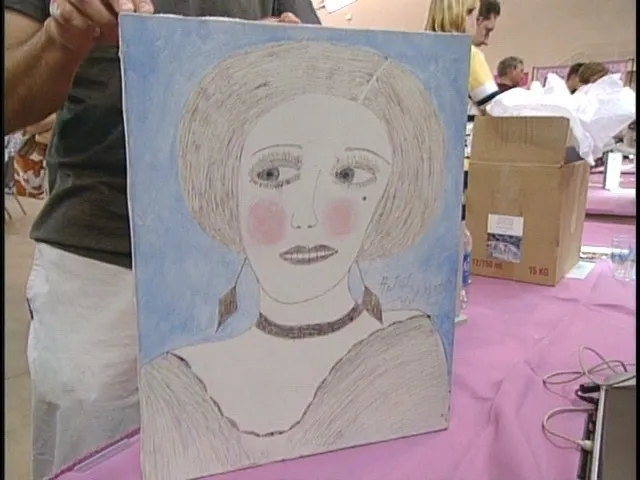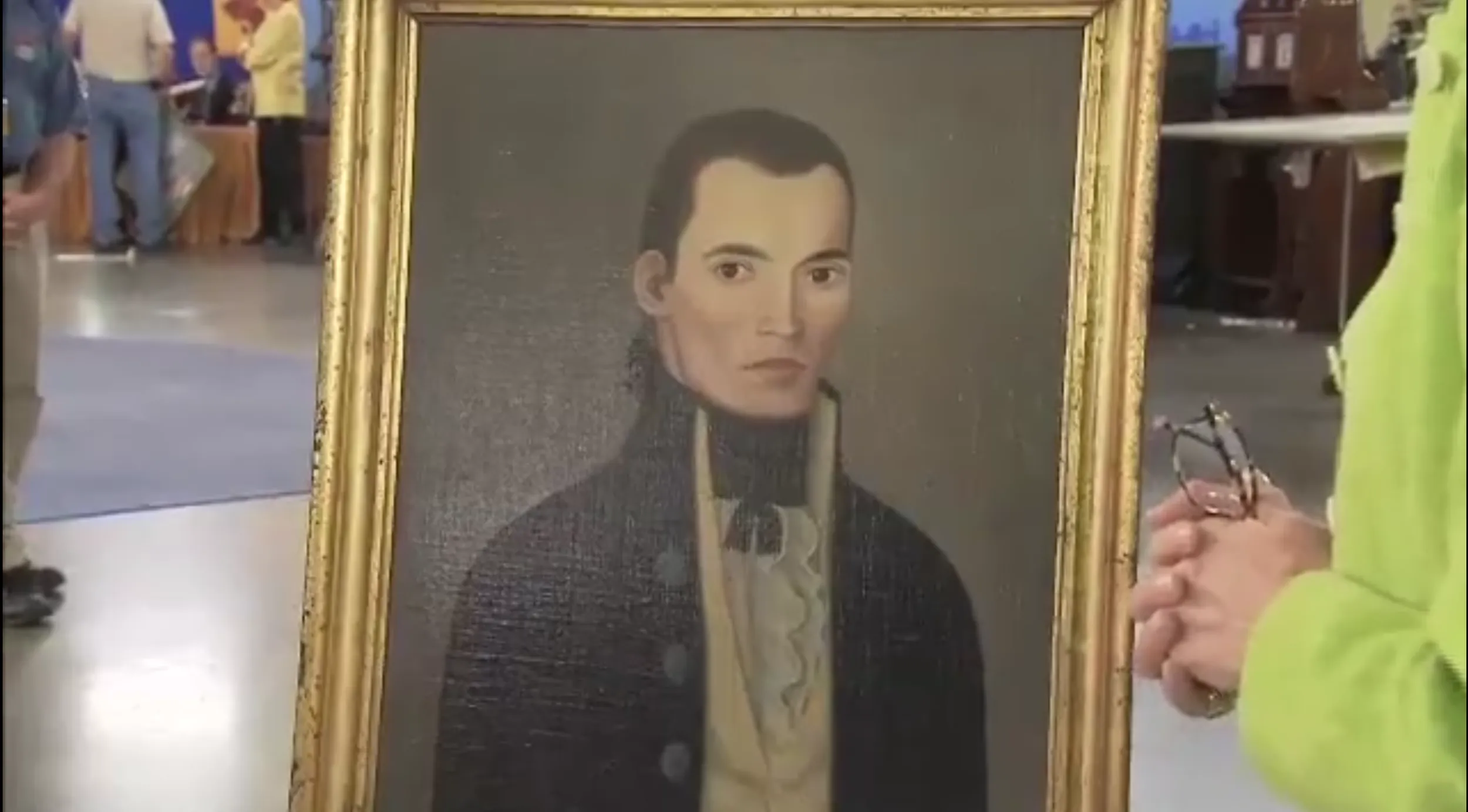GUEST: It was my grandmother's. I believe it was her mother's before her. It passed to my aunt. When my aunt died, I was allowed to choose one thing that was special and I chose this. And my cousin said, "It's badly damaged, it's falling apart." I said, "I understand that, but I remember it from Grandma and I'd like to take it."
APPRAISER: Mm-hmm.
GUEST: So he said, "Fine."
APPRAISER: It is, uh, a piece of 18th-century furniture.
GUEST: Okay.
APPRAISER: And it's from Rhode Island. And the way we know that is by first, if we look at the legs on this piece, there is this arris knee-- that's "pointy knee." And also that pointed slipper foot is also a Rhode Island detail. And a vigorous skirt. And so when we see pieces like this, it indicates a Rhode Island origin. The other part is that the way the legs are attached to the case...
GUEST: Or, or badly attached, right now. (laughs)
APPRAISER: Well... That's very interesting that you say that, because most pieces like this, the leg itself has a piece of wood that follows up, so that the leg is all one piece that goes down the case and holds it together. But in Rhode Island, one of the things they did was, they turned a leg, and they attached it up through the case. This leg is a separate piece of wood from the case itself. And it only comes up, probably, in, in the interior, up to about here. So it makes the legs very wobbly. It's just a quirky, uh...
GUEST: Okay. (laughs)
APPRAISER: ...construction, uh, detail. I often see pieces of furniture like this when I'm on appraisals in people's homes, and it's, it's in the dining room, and they say to me it's a sideboard or they say it's a lowboy.
GUEST: Mm-hmm.
APPRAISER: But in fact it is the bottom of a highboy. This is the base of a highboy. And if you look behind us, you'll see a highboy. So this piece originally would have had a big chest of drawers over the top of it.
GUEST: Interesting.
APPRAISER: This whole top is brand-new. But when we say "brand-new," it was changed probably in the 19th century. Someone in the 19th century inherited a highboy, decided they were going to modernize it.
GUEST: (chuckling): Okay.
APPRAISER: They took it apart and they painted it black, and they put this gold striping on it, so originally it was a wood-colored piece.
GUEST: Interesting, okay!
APPRAISER: And they probably used the top as a chest of drawers in their bedroom...
GUEST: (chuckling)
APPRAISER: ...hauled the highboy base to the dining room and used it as a server. The gold striping on it is very evocative of 19th-century design. Original brasses, so they didn't change the brasses, luckily. This great Chippendale batwing brass. And I like it painted just the way it is. In fact, I wouldn't recommend taking the paint off, even though it had been repainted. So the value of this piece... I had a conversation with some of my antiques dealer friends behind the scenes, and for auction, I probably would figure estimating it in the $2,000 range.
GUEST: Okay.
APPRAISER: But some of the dealers thought, "Well, that could sell easily for $4,000." So, between the range of $2,000 and $4,000.
GUEST: Okay, okay. Well, that's wonderful, that's great. But it's interesting, I never would have expected that it would have had a top.

